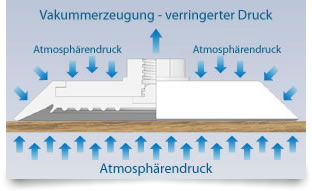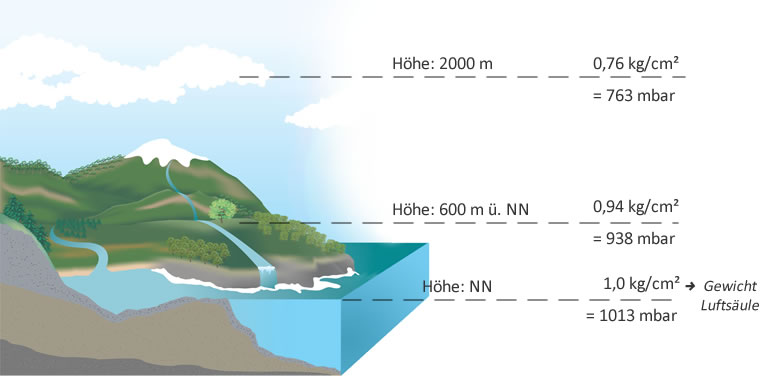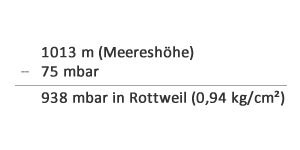Seminar
We welcome you to our online subject seminar.
This seminar shall serve to make you familiar with the bases of vacuum technology and to arrange basic knowledge for you as a user in the production, maintenance, maintenance and service, construction etc., in the area of the automation by means of vacuum cups.
Profit from our long-standing experience and concrete examples from the daily practice!
Handling with vacuum cups
Vacuum cups are the most important parts to vacuum plants since they can be used for the handling of products versatilely. They can used everywhere there, where it is necessary to raise objects to transport, to select, to place, to convert or to hold tight.
The advantages:
- gentle and damage free gripping
- simple mounting
- easily change at wear
- economic in the price
Different fields of application presuppose different cup forms, geometries, materials and fittings.
Functional principle of vacuum cups
Without the atmospheric pressure on the earth's surface vacuum technology wouldn't be possible.

The pressure caused by the weight of the air is 1013 mbar on sea-level. This means per square centimeter a strength of roughly 10 Newton.
If the air volume is evacuated inside a vacuum cup by means of a vacuum generation, a lower pressure arises within a closed system and therefore also in the cup, than the outside predominant surroundings pressure.
The strength which works by the atmospheric pressure on all objects pushes the vacuum cup against the surface of the part where it’s constituting and reversed. The bigger the difference pressure is within the closed vacuum system and the surroundings, the higher the retention force!
Physikalische Grundlagen der Vakuumtechnik


- Air pressure sea-level (absolute) = 1013 mbar (1.013 bar)
- The air pressure is reduced to 2000 m per 100 m around approx. 12.5 mbar
- Rottweil is 600 m about sea-level 6 = x 12.5 = 75 mbar
- Air pressure on the Mount Everest with 8848 meters: 330 mbar
Example:
If a vacuum generator is indicated with-850 mbar or 85% vacuum, then the value relates to sea-level NN. In a height of 600 m the at most attainable atmospheric pressure is 85% of 938 mbar-797 mbar =. To the reached vacuum value the possible lifting force of a vacuum cup proportionally also sinks, i.e. at 85 vacuum the lifting force only is 0.799 kg/cm ² (value without security factor)
Conversion table for vacuum
| % Vacuum | relative -mbar | absolute mbar | -kPa | kPa | Torr | -mmHg | -inHg | |
|---|---|---|---|---|---|---|---|---|
| Max. Vacuum | 100 | 1.013 | 0 | 101,3 | 0 | 0 | 760 | 30 |
| 90 | 900 | 100 | 90 | 10 | 75 | 675 | 27 | |
| 80 | 800 | 200 | 80 | 20 | 150 | 600 | 24 | |
| 70 | 700 | 300 | 70 | 30 | 225 | 525 | 21 | |
| 60 | 600 | 400 | 60 | 40 | 300 | 450 | 18 | |
| 50 | 500 | 500 | 50 | 50 | 375 | 375 | 15 | |
| 40 | 400 | 600 | 40 | 60 | 450 | 300 | 12 | |
| 30 | 300 | 700 | 30 | 70 | 525 | 225 | 9 | |
| 20 | 200 | 800 | 20 | 80 | 600 | 150 | 6 | |
| 10 | 100 | 900 | 10 | 90 | 675 | 75 | 3 | |
| Sea level | 0 | 0 | 1.013 | 0 | 101,3 | 760 | 0 | 0 |
Note:
1 Torr (mmHg) = 1,3333 mbar
Usually in the vacuum technology the vacuum degree is provided in % (e.g. 60%) or as relative value (e.g. -600 mbar).